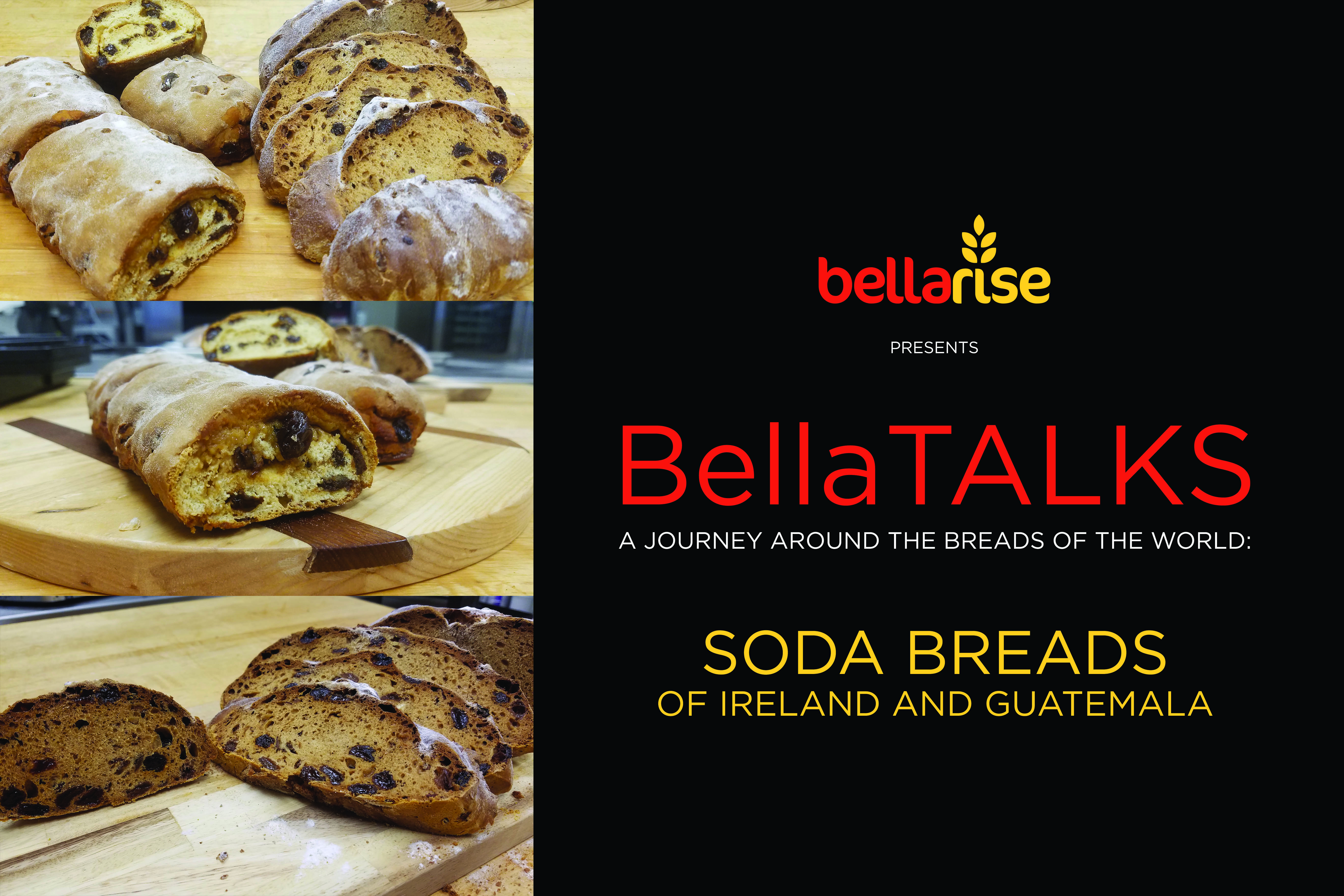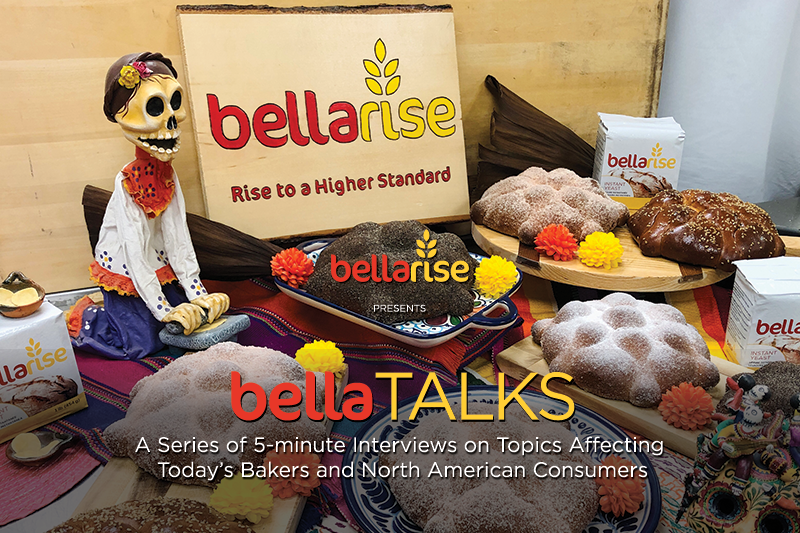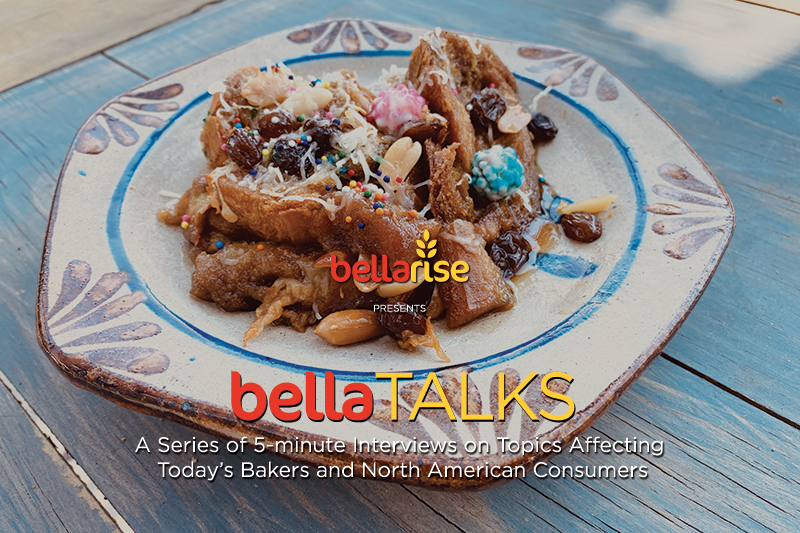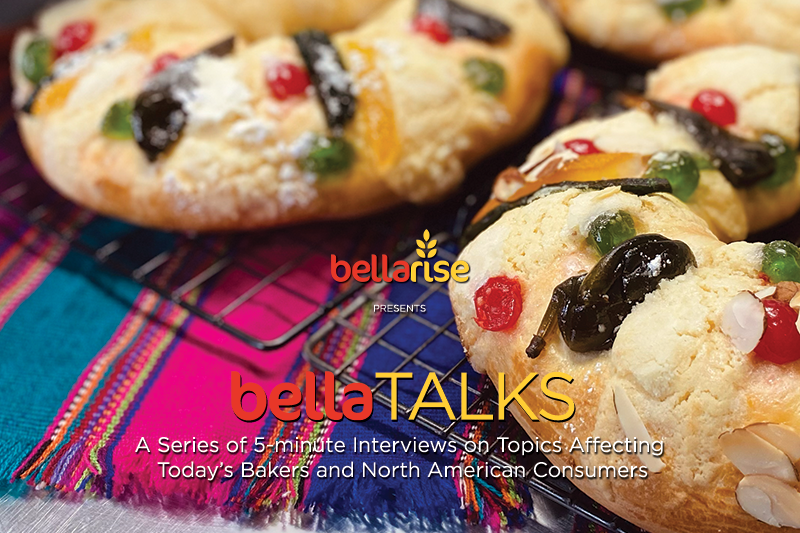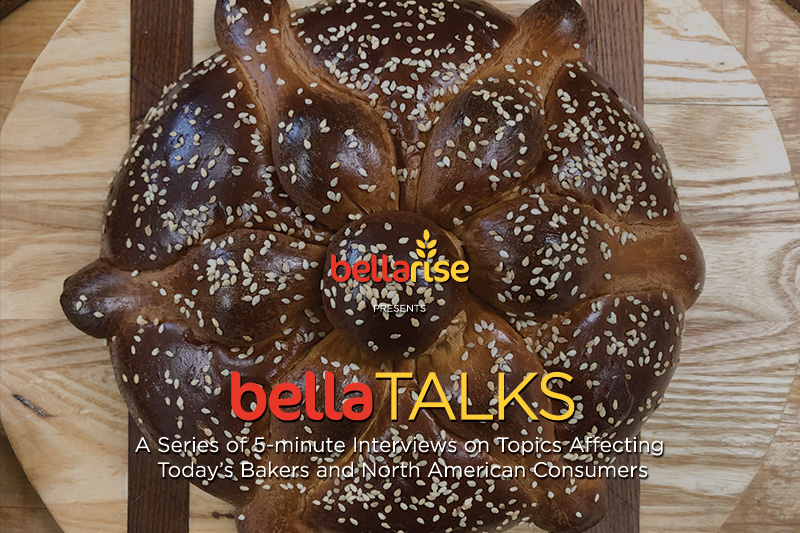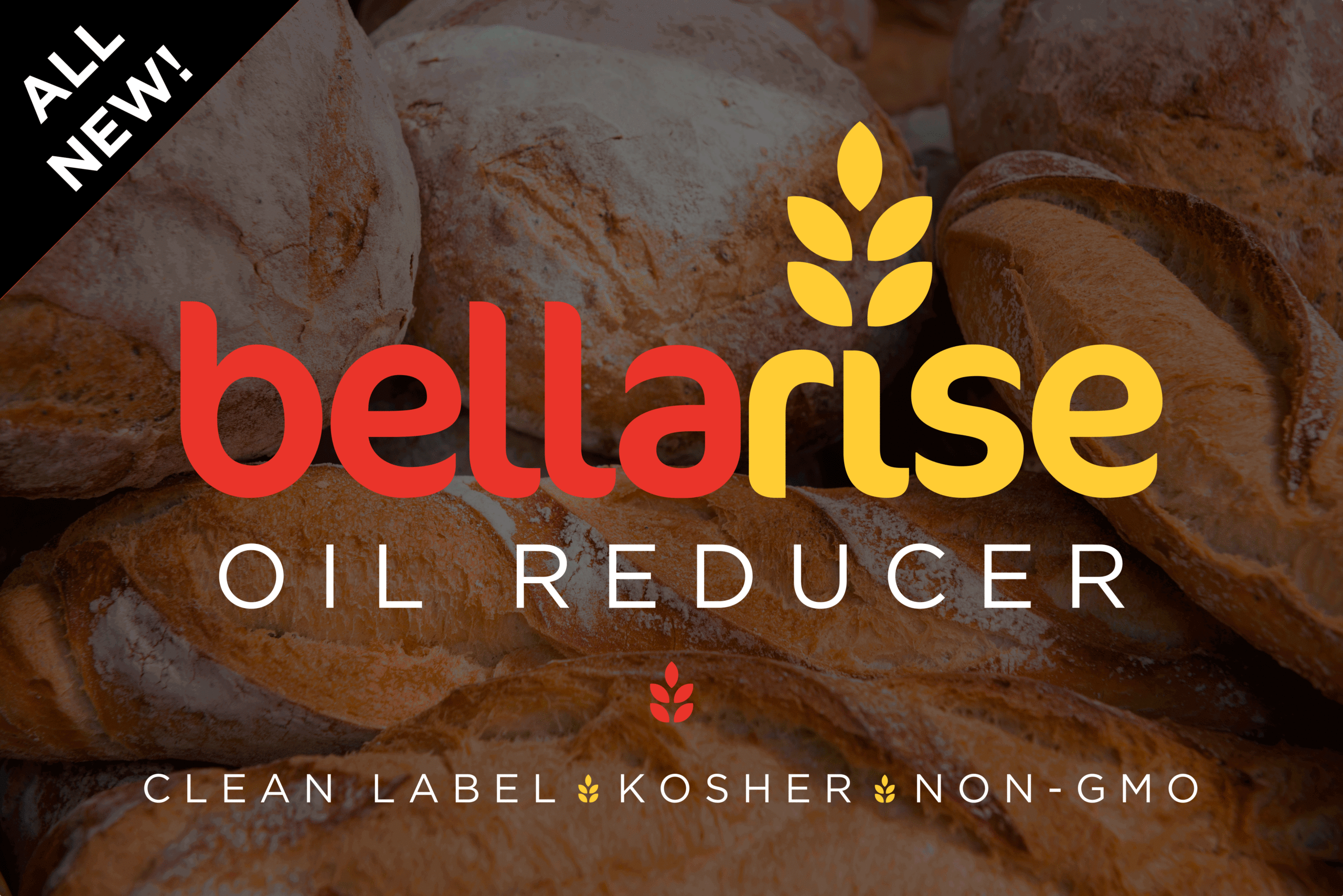PASADENA, CA, 13 March 2020 – It’s truly amazing to see how bread is an intrinsic part of the human experience. Whether you are sitting with a friend by the large storefront window of a cozy coffee shop in Dublin, Ireland, or your travels take you to a neighborhood bakery located in the heart of the former Mayan empire, Guatemala, chances are you could actually enjoy a familiar dining experience while breaking bread with someone you hold dear.
“Un pan de soda, por favor,” asks our Director of Product Development and Technical Services, Alex Peña, at a bakery in Zona Cuatro in Guatemala City. It was a late and humid afternoon when Peña visited this particular shop with his best friend from his days in the United States Marine Corps, and it was time to eat. When he’s handed his order, Peña notes that the texture, the crust, and the crumb structure are very similar to Irish Soda Bread (perhaps the result of their stone wood-fired ovens). The mañas – or the unique processes based on experience used by certain bakers – vary from one bakery to another, and as he put it, “They control temperature by not really controlling a gauge, but by ‘experience’.” It is a seemingly instinctual process where ‘feel’ supersedes technology and empirical measurements. Peña and his friend strike up a conversation with the baker, and are invited to observe his team prepare the next day’s breads and learn the recipes. The result was as human as it gets: beautiful bread and a fulfilling sense of camaraderie. At one point during that busy evening filled with kneading, reading, and eating, pan de soda catches his eye again, and takes Peña back to a city with a vibrant Irish community: Chicago.
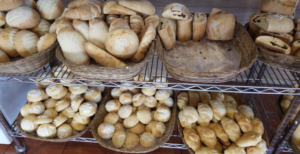
At an artisan bakery in Guatemala, you can see the pan de soda getting more love than the classic pan Chapín. They’ll have to bake more soon.
Irish Soda Bread is as Irish as it gets. Although it can be purchased at any time in the U.S. and Latin America, it tends to be a seasonal bread, in the sense that it is mostly enjoyed at certain times of the year, like St. Patrick’s Day. When he visited Chicago just a few weeks prior to his journey to Guatemala, Peña stopped by a local artisan bakery and was also invited to hang out and observe their process – or mañas – as they prepare Irish Soda Bread, among other breads.
Back in the Guatemalan bakery, as the hour gets late, he has a thought. “There’s got to be a connection… sure enough, when I saw them scaling out the ingredients, and based on my experience, I thought, ‘This is very similar to what I saw in Chicago.’ I was intrigued. I was blown away by the similarities in texture, and then you taste the product and they’re very similar in that regard, too.” It was one of the countless times that Peña, like so many other bakers and bread lovers around the world, experienced part of the romance of bread and baking.
Some of the romance has to do with the bread-eating experience. Another part of it is all about the baking process itself, or mañas. It all comes together while forming part of what it means to be human, and enjoying the first processed food invented by our ancestors thousands of years ago.
So, is there a connection between Irish Soda Bread and Hispanic pan de soda? Yes, and it is a bit more complex than one would think.
According to The Society for the Preservation of Irish Soda Bread, “Just like the bagpipes weren’t invented by the Scots, the chemical reaction that makes Soda Bread wasn’t invented by the Irish.” Indeed, their research explains that this process was discovered by Native Americans centuries before the Irish knew of it. Soda breads prepared by some Native American bakers throughout the Americas were leavened with pearl ash and acids. Regarding Irish Soda Bread, Gillie Houston of MyRecipes.com states:
“Soda bread was also an ideal Irish recipe, as even families who lived in the most isolated of areas with little access to cooking equipment were able to create this simple and filling dish. Since many of the lower-class and farmhouse kitchens had no oven access at the time, the bread was cooked in iron pots or on griddles over open hearths. This unique cooking method resulted in the signature dense texture, hard crust, and slight sourness that soda bread is known for.”
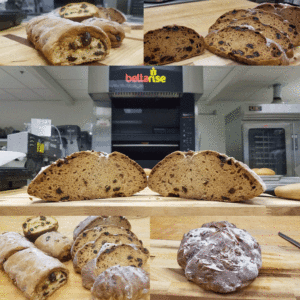
Can you guess which one is the Irish soda bread, and which is the Guatemalan soda bread? The latter is a much sweeter version, while Irish soda bread has more subtle flavor notes.
The Society for the Preservation of Irish Soda Bread’s website goes into further detail, pointing out that climatological, economic, and social forces worked together to make Irish Soda Bread popular in Ireland, especially during the tragic Irish Potato Famine of the mid-19th century. They also note that a handful of scientific and academic sources from the 19th century make the first known print references to an Irish bread made from soft wheat flour, which is leavened with soda, dating back to that era.
So, what is the essence of the connection between the breads that Peña found in the artisan bakery in Zona Cuatro and the windy, Irish enclave in the American Midwest? The similarities Peña noticed between Guatemalan pan de soda, and the Irish Soda Bread he enjoyed in Chicago, may have been born from cultures that share similar experiences, similar struggles, and similar tastes. Peña points out that pan de soda is popular in Guatemala during Lent, and with St. Patrick’s Day typically being observed during Lent, Irish Soda Bread is mostly enjoyed at roughly the same time. At this point, we may conclude from our top-level look into the history of Irish Soda Bread and Hispanic pan de soda that certain environmental, cultural, agricultural, and socioeconomic forces played a significant role in moving large societies, divided by great and vast oceans, to develop similar breads.
The human heart is capable of so much that is good, from good food to good deeds. When the human appetite for good food is involved, we can find a deeper appreciation for people who may be from different parts of the world, and who could relate to each other because of their own similar experiences… and even their cuisine.
Now, how did the idea of bread first come about, and how did other seemingly disconnected groups of people develop similar breads? Well, those are long topics meant for other extended editions of BellaTALKS! For now, it’s time to try some soda bread!
To learn more about how Bellarise® yeast, dough conditioners, softeners, and baking solutions helps industrial and commercial bakeries produce a broad range of authentic breads, send us a note via our website’s contact form! We would love to hear from you and talk shop!
Thanks for reading!
P.s, here’s a couple of recipes you might like!

